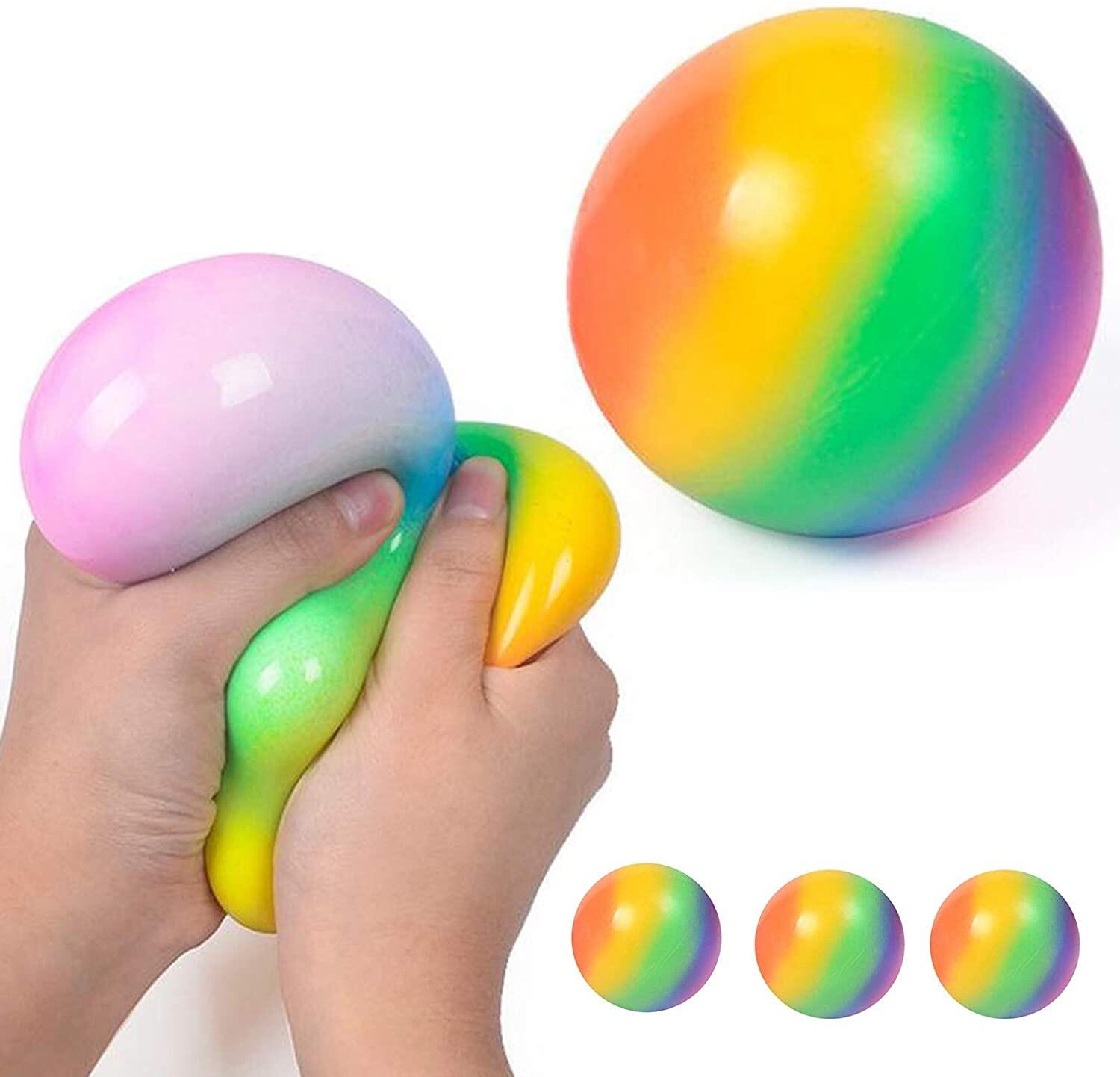Everything You Need to Know About Stress Balls and Their Mental Health Benefits

In today’s fast-paced world, mental health has become a central concern for people of all ages. Whether it’s managing daily anxiety, dealing with workplace pressure, or balancing personal responsibilities, individuals are constantly seeking ways to cope with stress in a healthy and effective manner. One tool that has stood the test of time for its simplicity and effectiveness is the stress ball. Though small in size, stress balls can have a significant impact on one’s mental well-being.
Stress balls are not just toys or novelty items. They serve a therapeutic purpose and are widely used in mental health practices, occupational therapy, and even physical rehabilitation. These handy devices are affordable, easy to carry, and versatile in their benefits. In fact, modern versions of Stress Balls are now available in a variety of shapes, densities, and materials to suit different needs and preferences, making them a valuable addition to any mental wellness toolkit.
How Do Stress Balls Work?
At a basic level, a stress ball works by engaging the muscles in the hand and wrist through repeated squeezing and releasing. This physical activity not only improves blood circulation but also channels nervous energy away from the mind and into motion. The tactile feedback provided by the ball helps bring attention back to the present moment, acting as a mini mindfulness exercise.
Squeezing a stress ball creates a sense of control over physical responses to stress. It gives the user an immediate outlet for tension, helping them avoid destructive coping mechanisms or emotional outbursts. Over time, consistent use of a stress ball can help in developing better stress management habits.
Mental Health Benefits of Stress Balls
1. Anxiety and Tension Relief
Stress balls are especially helpful for individuals who struggle with anxiety. The repetitive motion of squeezing helps release pent-up energy and provides a calming rhythm that can ease symptoms of anxiousness. It serves as a grounding activity during panic attacks or high-stress situations.
2. Improved Focus and Concentration
Using a stress ball during tasks that require long periods of attention—such as studying, working, or attending meetings—can improve focus by preventing mental fatigue. The subtle movement keeps the brain alert while reducing feelings of restlessness or boredom.
3. Emotional Regulation
Stress balls help in regulating emotions by offering a physical release for anger, frustration, or sadness. Instead of reacting impulsively to challenging situations, users can redirect their energy through the stress ball, allowing time to cool down and respond thoughtfully.
4. Aid for Sensory Processing Disorders
Individuals with autism, ADHD, or sensory sensitivities often benefit from the tactile stimulation stress balls provide. These tools can help regulate sensory input, promote self-soothing behaviors, and enhance body awareness.
5. Promotes Mindfulness and Relaxation
Mindfulness practices involve bringing awareness to the present moment, often through physical sensations. Using a stress ball can become a part of a mindfulness routine by encouraging focus on the motion, pressure, and feel of the ball, fostering relaxation and clarity.
Types of Stress Balls and Choosing the Right One
Stress balls come in many varieties to suit different needs:
- Gel-filled balls: Soft and pliable, offering a smooth, soothing squeeze.
- Foam balls: Lightweight and firm, ideal for quick tension relief.
- Textured balls: Provide additional sensory input with ridges or bumps.
- Aromatherapy balls: Infused with calming scents like lavender to enhance relaxation.
- Hand therapy balls: Designed for physical rehabilitation with variable resistance levels.
When choosing a stress ball, consider factors such as hand size, grip strength, and the specific mental or physical benefit you’re seeking. For example, a firmer ball may be more effective for building hand strength, while a softer, gel-based ball might be better for stress relief.
Practical Ways to Use Stress Balls
- During Breaks: Use them between tasks to recharge without screen time.
- While Commuting: Keep one in your bag or car to ease road stress.
- At Work: Use it during meetings or calls to stay calm and focused.
- Before Sleep: Squeezing a stress ball can help relax the body and mind before bedtime.
Stress balls can also be incorporated into classroom settings, therapy sessions, or meditation practices. Their quiet operation makes them discreet enough to use almost anywhere without causing distraction.
Final Thoughts
Although small and simple, stress balls can play a powerful role in managing stress, improving focus, and supporting emotional health. They offer a hands-on way to cope with tension and anxiety, making them a valuable asset in today’s high-pressure environment. Whether you’re looking for an effective tool to stay grounded during the workday or a portable option for managing anxiety on the go, stress balls are a proven, practical solution. By choosing the right one and incorporating it into your daily routine, you can experience meaningful improvements in mental clarity, emotional stability, and overall well-being.





